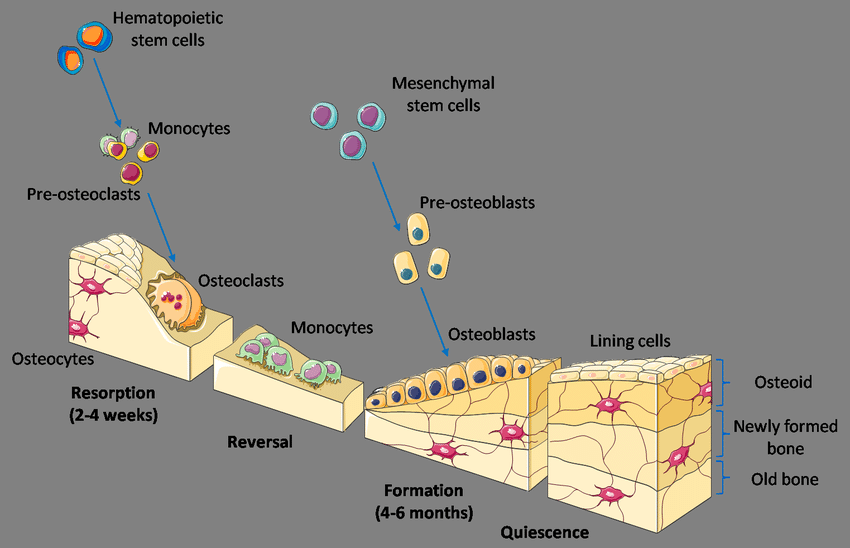Did you know that hitting your bones repeatedly would eventually make them stronger? Even strong enough to break bricks or a block of wood. This may sound improbable but it is true according to the Wolff’s Law.
Wolff’s Law, given by the German anatomist and surgeon Julius Wolff in the 19th century, states that bones strengthen in response to the amount of stress they are subjected to. If the load on a particular bone increases, the bone will remodel itself over time to become stronger to resist that sort of loading. The inverse is also true, by not exposing your bones to pressure that is if the loading on a bone decreases, the bone will become less dense and weaker due to the lack of the stimulus required for continued remodeling.
Click here to know more about Gibrat’s Law!
We can see numerous examples all around us which demonstrate this law. The racket holding hand of a tennis or badminton player becomes much stronger than the other arm as it is routinely placed under stress due to the racket. An astronaut loses bone density due to lack of gravity in space while weightlifters gain bone density over time.
Bones are dynamic and change over the course of your life through a process called bone remodeling. During bone remodeling, specialized bone cells called osteoclasts absorb old or damaged bone tissue, which includes things like calcium and collagen. After the osteoclasts finish their work, another type of cell called an osteoblast deposits new bone tissue where the old tissue once was. The theory is supported by the observation that bones atrophy when they are not mechanically stressed and hypertrophy when they are stressed.
Apart from these examples Wolff’s law can be applied to physical therapy and the treatment of osteoporosis and bone fractures.
Application in Physical Therapy
If you have a broken bone in your leg, your doctor or your physiotherapist suggests you to undergo physical therapy for a speedy recovery. Physical therapy involves gentle exercises, stretching, and massage to restore strength and mobility after an injury or health issue. Physical therapy for bone injuries or conditions is largely based on the concept of Wolff’s law. This therapy helps in bone remodeling as a result of the weight bearing exercises it involves.
Application In Case Of Osteoporosis
Osteoporosis is a condition that happens when your bones become porous and fragile, making them more prone to fractures. This can happen when the absorption of old bone tissue outpaces production of new bone tissue, leading to a decrease in bone mass.
People with osteoporosis are at an increased risk of bone fractures. Wolff’s law indicates that regular exercise is vital to maintaining bone mass and strength throughout your life. Both weight-bearing and muscle-strengthening exercises place demands on your bones, allowing them to strengthen over time. This is why regular exercise is vital to maintaining bone mass and strength throughout your life.
Weight-bearing exercises include things like walking, running, or using an elliptical exercise machine. Examples of muscle-strengthening exercises include things like lifting weights or using elastic exercise bands.
Application To Bone Fractures
When you break or crack a bone, it is termed as a fracture and it is usually treated by immobilizing that area using a plaster cast. As an implication of Wolff’s law, the immobilized area starts to weaken due to lack of movement or stress. But once the cast is removed, Wolff’s law can be used to help strengthen your bone through remodeling.
Thus Wolff’s law helps us in understanding the dynamic nature of our bones and can be used efficiently to strengthen them. In recent studies, it has been found that this law can also be applied to connective tissues such as ligaments and tendons.




